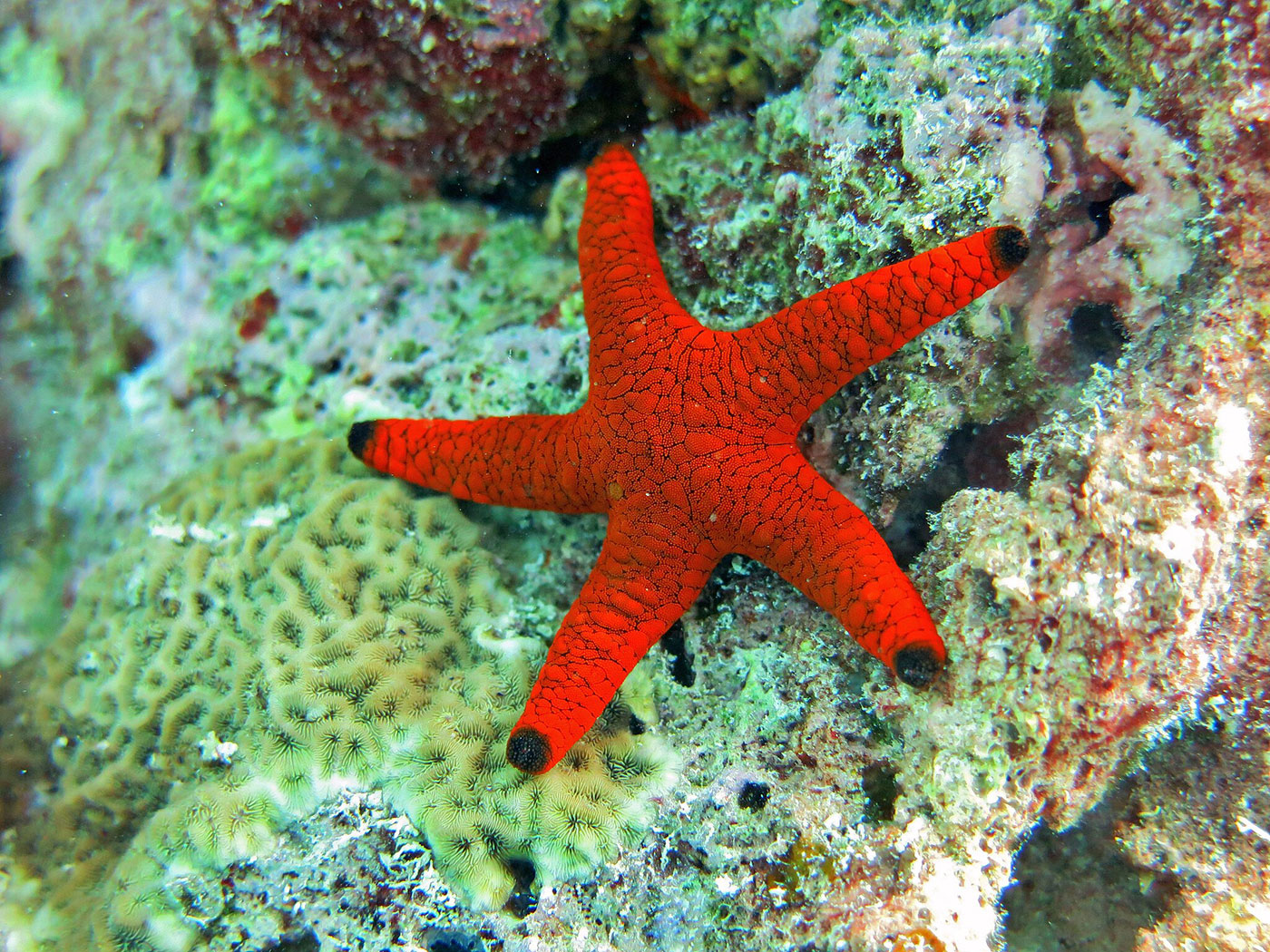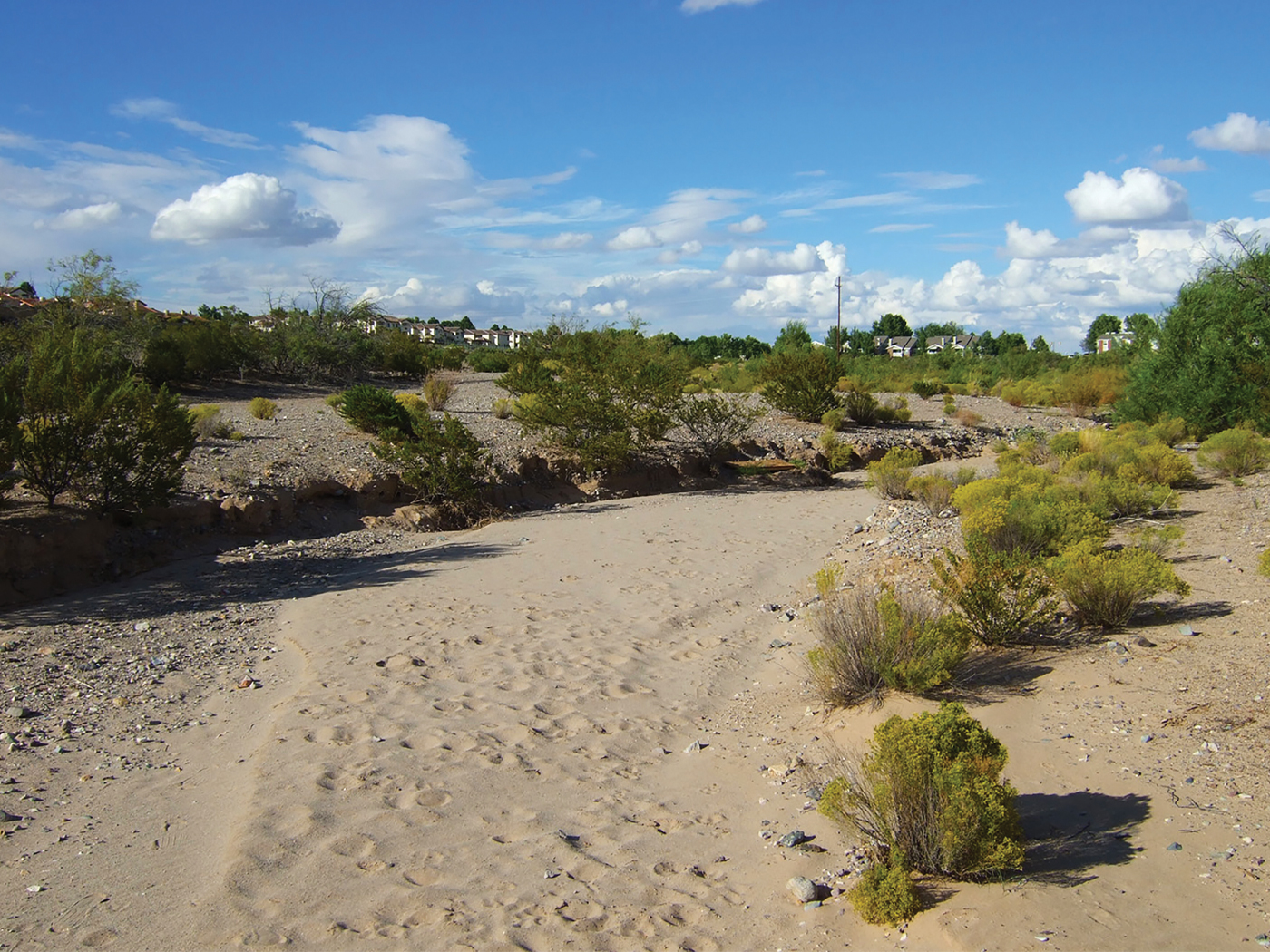Evolutionists are desperate in their search to find transitional or intermediate forms to validate their theory of evolution. If, as they believe, millions of species of plants and animals have evolved during hundreds of millions of years, many billions times billions of transitional forms would have lived and died during those hundreds of millions of years, and thus there should be no difficulty in finding fossils of a very large number of these transitional forms. In fact, our museums, among the 250,000 different fossil species in their collections, should have tens of thousands of transitional forms. One would not have to be an expert paleontologist and anatomist to recognize, for example, a structure halfway between a forelimb and a wing, or something halfway between an ordinary jaw of a reptile and the bill of a duck-billed dinosaur. Much to the dismay of evolutionists, however, when it comes to these coveted transitional forms, they must do much with little or nothing.
This situation is strikingly true concerning the origin of whales, dolphins, and other marine mammals.
In one of Romer's concluding statements in his discussion of the sub-ungulates (conies, elephants, sea cows), he says, "conies, proboscideans, and sirenians were already distinct groups at the time when they first appear in the fossil record."[1] Olson states that if we seek the ancestries of the marine mammals we run into a blank wall as far as intermediate stages between land and sea are concerned. [2] His remark included the seals, dolphins, and whales.
Speaking of whales, Colbert said, "These mammals must have had an ancient origin, for no intermediate forms are apparent in the fossil record between the whales and the ancestral Cretaceous placentals. Like the bats, the whales (using the term in a general and inclusive sense) appear suddenly in early Tertiary times, fully adapted by profound modifications of the basic mammalian structure for a highly specialized mode of life. Indeed, the whales are even more isolated with relation to other mammals than the bats; they stand quite alone." [3]
In their eagerness to produce evidence to bridge this enormous gap, and in doing so not only to verify their expectations but also to enhance their reputations and their careers, we do not question the honesty of evolutionists. We do question their objectivity and their conclusions, based on scanty and questionable evidence. In 1983, headlines in newspapers all over the world, based on an article published by Gingerich and coworkers, [4] trumpeted the discovery of a so-called primitive whale which established a link between whales and their hypothetical land-mammal ancestor, the hoofed mammalian carnivore, Mesonyx. The fossil material consisted solely of the posterior portion of the cranium, two fragments of the lower jaw, and isolated upper- and lower-cheek teeth. The creature was given the name Pakicetus inachus.
This fossil material was found in fluvial red sediments, or river-produced deposits colored by material leached from iron ores. This formation is thus a terrestrial or continental deposit. The fossil remains associated with Pakicetus are dominated by land mammals. Non-mammalian remains include other terrestrial remains such as snails, fishes (particularly catfish), turtles, and crocodiles. This evidence indicates a fluvial and continental, rather than a marine environment, as would be expected for a whale or whale-like creature. It is highly significant that the auditory mechanism of Pakicetus was that of a land mammal, rather than that of a whale, since there is no evidence that it could hear directly under water, nor is there any evidence of vascularization of the middle ear to maintain pressure during diving. The authors stated that the teeth resemble those of the mesonychids, which possibly fed on carrion, mollusks, or tough vegetable matter. On the basis of this evidence, the idea was challenged that Pakicetus was anything other than a land mammal, with no relationship to marine mammals.[5]
The latest claim concerning the possible discovery of a link between land mammals and marine mammals was contained in an article published in January 1994, in Science.[6] The article served as a basis, once again, for newspaper headlines throughout the U.S. For example, the Cleveland Plain Dealer featured the report in an article published in that paper January 16, 1994, with the bold headline, "Fossil Thought to Belong to Walking Whale—Creature May Be Missing Link." Since whales don't walk on land, skeptics would immediately question the basis for designating this creature a whale, whatever it may have been. As a matter of fact, in a commentary published in the same issue of Science as the original scientific report, the writer states, "The authors provide some evidence for the seemingly preposterous conclusion that archaic whales were capable of walking on land."[7] The investigators gave their find the name Ambulocetus natans, from ambulate (to walk), cetus (whale), and natans (swimming). They thus believe that this creature both walked on land and swam in the water. In their report, the authors state: "Unlike modern cetaceans, Ambulocetus certainly was able to walk on land, probably in a way similar to modern sea lions or fur seals. In water, it combined aspects of the locomotion of modern seals, otters, and cetaceans.... As such, Ambulocetus represents a critical intermediate between land mammals and marine cetaceans."[8]
It is reported that Hans Thewissen, an assistant professor of anatomy at Northeastern Ohio Medical School; Tasseer Hussain, professor of anatomy at Harvard University; and M. Arif, a geologist of the Geological Survey of Pakistan, happened upon the fossil during a 1992 dig in hills west of Islamabad, Pakistan. The Plain Dealer, along with its article, has a good picture of the fossil. When some of the ICR staff looked at the picture with the knowledge that Thewissen and fellow workers called this creature a whale, they laughed. Evolutionists may claim that this was because of ignorance of subtle distinctions of anatomy; on the other hand, associating the word "whale" with a creature with large and powerful front and hind legs does seem a bit ludicrous to skeptics. In their Science article,[6] Thewissen and coworkers state that Ambulocetus was about the size of a male sea lion, weighing about 650 lbs. and had a robust radius and ulna (the two bones in the upper forearm). They report that the structure of the forearm would have allowed powerful elbow extension by triceps, and that, unlike modem cetaceans, elbow, wrist, and digital joints were flexible and synovial (lubricated). The hand was long and broad, with five digits. The femur was short and stout, and the feet were enormous. The toes were terminated by a short phalanx carrying a convex hoof. They suggest that unlike modern cetaceans, Ambulocetus had a long tail, and that it probably did not possess flukes.
The authors state, "Unlike modern cetaceans, Ambulocetus certainly was able to walk on land, probably in a way similar to modern sea lions or fur seals. In water, it combined aspects of the locomotion of modern seals, otters, and cetaceans: Like modern cetaceans, it swam by moving its spine up and down; but like seals, the main propulsive surface was provided by its feet."[8] One wonders what in the world a whale was doing with hind limbs that terminated in a foot with hooves, or with any kind of powerful forelimbs and hind limbs at all.
It is reported that the fossil of Ambulocetus was found in a silt and mud-stone bed which contained impressions of leaves and abundant Turritella, a marine gastropod.[6] This would suggest that it lived near the seashore, feeding possibly on land animals and/or plants, and perhaps foraging into shallow seas to feed on gastropods and molluscs. They report that the fossil beds are lower-to-middle Eocene beds, and about 120 meters (approximately 390 feet) higher than those in which Pakucetus was found. Berta, in her comments on the paper by Thewissen, et al, gives an age of 52 million years for the sediments in Pakistan where Ambulocetus was found. Thewissen and his coworkers in their paper mention an age of 52 million years for the age of Pakicetus, which they refer to as the "oldest cetacean." Ambulocetus, bearing large forelimbs and hooved hind limbs, was found in strata nearly 400 feet higher than Pakicetus. It therefore cannot be older. Pakicetus is called the oldest cetacean. Yet it is said that Ambulocetus documents transitional modes of locomotion in the evolution of whales. Confused? So are we. It is reported that the teeth resemble those of other archeocetes, which evolutionists believe were either archaic whales or ancestral to whales. The teeth of archeocetes are, however, so similar to mesonychid ungulates, believed to be wolf-like carnivorous mammals, that two of the archeocetes, Gandakasia and Ichthykstes, known only from teeth, were originally classified as mesonychids.[7]
G. A. Mchedlidze, a Russian expert on whales, while maintaining that Archeoceti occupy an intermediate position between terrestrial mammals and typical Cetacea, states that the problem of the phylogenedc relationship between Archeoceti and modern Cetacea is a highly controversial issue. He reports that a number of authors consider that the Archeoceti are a completely isolated group having nothing in common with typical Cetacean.[9] If this opinion is correct, then the archeocetes, supposedly archaic whales, were not whales at all and did not give rise to whales (cetaceans).
A search of texts on mammals for fossils of creatures resembling Ambulocetus failed to produce one closely resembling Ambulocetus, although Allodesmus, an extinct aquatic carnivore believed to have preceded walruses, bears some resemblance.[10]
Perhaps we should not be surprised that Thewissen and coworkers would dare to call Ambulocetus a "whale" when we note the fact that Robert Carroll, in his voluminous tome, Vertebrate Paleontology and Evolution, made the incredible statement that "Despite the extreme difference in habitue, it is logical from the standpoint of phylogenetic classification to include the mesonychids among the Cetaceans."[11] Incredible, indeed! The mesonychids were wolf-like, hoofed carnivores that, as far as anyone knows, never went near the water. Carroll states, "Mesonyx was the size and proportions of a wolf and, perhaps, had a similar way of life."[12] Carroll and others believe that the skull shape and the dentition of what they think were early whales resembled mesonychids. They therefore have adopted the mesonychids as the land mammal from which whales evolved. Now Carroll suggests we place the mesonychids in the Cetacea. Presto! These wolf-like animals are now whales! Who says evolutionists have no transitional forms?
What may we conclude from all of this? Most evolutionists, certain that whales and other aquatic mammals must have evolved from land mammals, would stretch their imagination to whatever extent necessary to declare that Ambulocetus, a creature with powerful forelimbs and hind limbs (the latter bearing hooves), unable to dive to any significant depth or to hear directionally under water, was nevertheless, a whale. On the other hand, not biased by any such presupposition, we conclude that, first of all, it is ridiculous to call the creature a whale, and secondly, that it was certainly not an intermediate between a land mammal and a whale, but was more likely a near-shore carnivore whose exact behavior and habitue is as yet a topic only for speculation.
When we consider these profound proclamations by evolutionists we should bear in mind that they were equally convinced when they suggested human evolutionary ancestors, such as Ramapithecus, now recognized to be essentially the same as a modern orangutan; Piltdown Man, a fraud that was nothing more than the jawbone of a modern ape and a human skull; Nebraska Man, that turned out to be a pig's tooth; and Neanderthal Man, a supposed primitive subhuman that is now recognized by most paleoanthropologists as fully human, Homo sapiens, who suffered from pathological conditions, such as arthritis and rickets, a vitamin D deficiency. If evolutionists can get an evolutionary ancestor of man from nothing more than a pig's tooth, it should be no challenge to get a whale from a creature that walked on land.
[1] A. S. Romer, Vertebrate Paleontology, 3rd. Edition, Chicago University Press, Chicago, 1966, p. 254.
[2] E. C. Olson, The Evolution of Life, the New American Library, New York, 1965, p. 178.
[3] E. H. Colbert, Evolution of the Vertebrates, John Wiley and Sons, New York, 1955, p. 303.
[4] P. D. Gingerich, N.A. Wells, D. E. Russell, and S. M. Ibrahim Shah, Science 220:403-406 (1983).
[5] D. T. Gish, Evolution: The Challenge of the Fossil Record, Master Books, Colorado Springs, 1985, pp. 79-81.
[6] J. G. M. Thewissen, S. T. Hussian, and M. Arif, Science, 263:210-212 (1994).
[7] Annalisa Berta, Science 263:180(1994).
[8] J. G. M. Thewissan, et al, ibid., p. 212.
[9] G. A. Mchedlidze, General Features of the Paleobiological Evolution of Cetacea (translated from the Russian), A. A. Balkema, Rotterdam, 1986, p. 91.
[10] R. L. Carroll, Vertebrate Paleontology and Evolution, W. H. Freeman and Co., New York, 1988, p. 483.
[11] R. L. Carroll, ibid., p. 521.
[12] R. L. Carroll, ibid., p. 520.* Dr. Gish is Senior Vice President of the Institute for Creation Research.



















